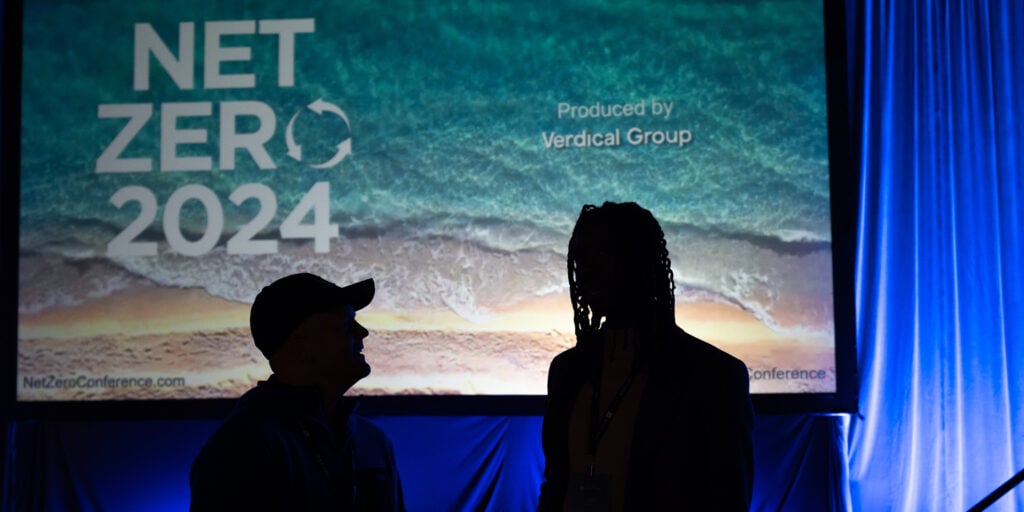
October 1, 2018
The Right Environment: Chip Israel’s 3 “Rights” of Good Lighting Design

“Our bodies have evolved over hundreds of thousands of years,” says Chip Israel, lighting designer and founder of the Lighting Design Alliance. “In the past, we spent so much time outside. It is only in the last hundreds of years that we’ve been shoved into relatively dark buildings.”
After decades of experience in the lighting industry, Israel has developed a unique perspective on the power of lighting to affect our experience of built space and the role of the lighting designer in harnessing it. For Israel, it is impossible to separate the question of lighting from that of human-centered well-being. “As lighting designers, our role is essentially to assist the design team in making the spaces better for the people within them.” Every project begins with asking not only how much light we need in order to see well but how much light we need in order to be well. “What we’re finding out is that we require more light to feel good than we do to see,” Israel explains.

In Israel’s view, many of the pressing problems affecting occupants in buildings today can be resolved through developing a responsive, human-centric program, which, over the years Israel has distilled into a set of memorable guidelines. “To achieve the right environment,” Israel explains, “a designer needs to provide three R’s—the right amount of light, in the right location, and for the right amount of time.” These principles—along with automated shading, personal lighting controls, and responsive management systems—help projects enhance the well-being of its occupants, increase productivity, and lower utilization costs. Israel welcomes the increased concern among designers for more light—particularly daylight—into office and hospitality environments. “As lighting designers, we are always searching for ways to integrate natural lighting into the building,” Israel says. “And if we don’t have enough daylight only then do we think about electric lighting.” Natural brightness and the changes in color throughout the day are the main draws to daylight but these highly desired features are often offset with “uneven light levels and blinds that come down and never come back up again,” Israel explains.

Instead of becoming attuned to the fluctuations inherent in daylighting, many architects and users end up relying on electric lighting even in spaces that do not require it. “Since LEDs have become so efficient and affordable, we’re finding that a lot of spaces are being over-lit,” Israel says. “I was recently at an airport concourse which was bright enough to perform surgery!” When it comes to approaching some ideal of lighting design, Israel is aware that there is no one-size-fits-all solution. Instead, he believes in creating dynamic spaces that change throughout the day based on the available daylight and the task at hand. The three R’s are best achieved by the use of lighting controls. “In the past, lighting sensors didn’t work very well and the lights would dim too fast or flash on and off,” Israel recalls. “People would cover up occupancy sensors because the technology just wasn’t performing as expected.”
Since then, sensing technologies have evolved into highly sophisticated systems which automatically self-adjust while allowing for increased personal control. Some systems—mimicking the varying color temperatures and intensities of daylight—even go so far as to bring building occupants closer to the outdoors. “Now it’s proven technology,” Israel explains. “In some states, California for instance, it is even required by code.”
The quickly approaching future where controls help create spaces which adapt to users’ needs makes Israel excited. “I don’t think our lighting sources are going to become that much more efficient,” Israel says. “The exciting part will be seeing what we can make spaces feel like and do without expensive wiring or programing challenges.” Still, he cautions against using these technologies indiscriminately and champions ensuring they are always placed in the service of its users. “We have to be careful that lighting controls don’t become just another fad. They should be fun for people but they also need to work. Lighting systems should be intuitive enough that they become an extension of our bodies—almost another one of our senses.”
For Israel, this concern for the human experience lies at the heart of technical advances. “This is a time of great challenge and opportunity for lighting designers because we can be a lot more creative than before,” Israel says. But, he emphasizes, a key aspect is also knowing when to step back. “Most importantly, what it all comes down to is giving the end user control over their space.”
Would you like to comment on this article? Send your thoughts to: [email protected]
Latest
Profiles
Breland–Harper Mines the Past to Design a Better Future
In less than a decade, Ireland-Harper, the Los Angeles–based studio has completed over 100 adaptive reuse projects.
Products
How the Furniture Industry is Stepping Up on Circularity
Responding to new studies on the environmental impact of furniture, manufacturers, dealers, and start-ups are accelerating their carbon and circularity initiatives.
Viewpoints
The 2024 Net Zero Conference Highlights the Importance of Collective Action
Last month, leading climate experts convened at the Anaheim Convention Center to reenvision the built environment for a net zero future.





